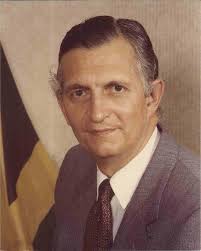
Under British rule, Jamaica's sugar industry grew into a profitable business which remains economically important to this day. The Spanish retained possession of the island nation until 1655 when the British took over. A one-two punch of an earthquake and tsunami wiped out a good portion of the city and submerged portions of Port Royal.

Gaining a reputation as a pirate sanctuary, the town gained a reputation for debaucherous dealings. With access to trade routes coming in from all over the Spanish Main, buccaneers like Henry Morgan and Christopher Myngs used Port Royal as a haven and home base for their above the law industry. Spanish colonialization followed, and under Spanish rule, a protected bay on the south-central coast was transformed into to military base, a hub for incoming and outgoing shipments of supplies going to other settlements in the Americas.Įstablished in 1518, Port Royal (a peninsula off the coast of modern day Kingston) was a bustling city that provided plenty of potential and perfect positioning for pirate attacks. He explored several bays and coves in hope of finding gold, but there is no written record of his finding anything of value on this trip. The Arawaks named the island "Xaymaca" or "the land of wood and water".Ĭhristopher Columbus came across "Xaymaca" in 1494 during his second voyage to the New World. The first evidence of settlement in Jamaica is thought to have occurred around 650 A.D., when a group of Arawak Indians emigrated from South America, They settled on the island, and relied on growing crops and fishing to survive.

Not much is known about life and times on the island of Jamaica, the third largest island in the West Indies, before the time of Christ.


 0 kommentar(er)
0 kommentar(er)
